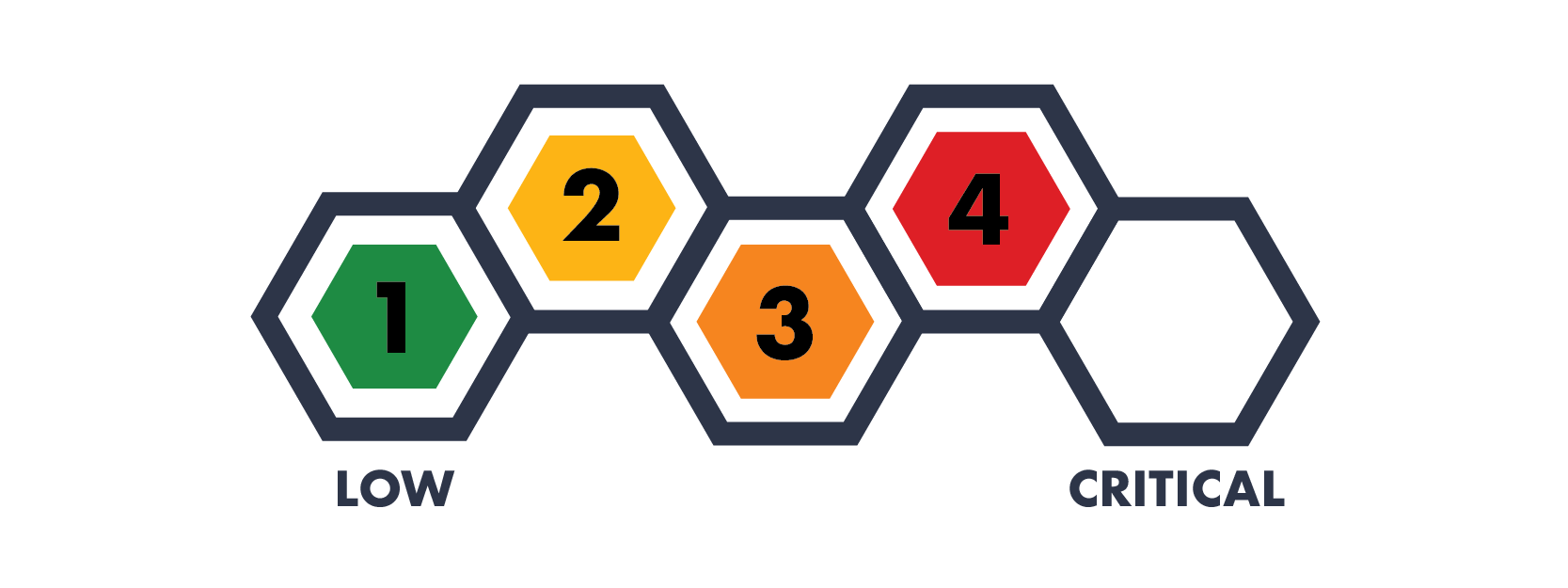If Your Devices Aren’t Updated, You’re In For A Bad Time
Category
News, Vulnerabilities
Risk Level
It’s almost “Patch Tuesday” again, and if you’ve never heard of it, or have missed the updates put out in previous ones, you could be putting yourself, your organization, and your loved ones at risk.
“Hold on - what’s patch Tuesday?”
“Patch Tuesday” is an unofficial term that references the second Tuesday in the month when Microsoft regularly releases their updates to all of their products. It’s been informally called this since about 2003 and is viewed as a critical day for many organizations who rely heavily on Microsoft products.
And while Microsoft is the most well known company associated with “Patch Tuesday,” every other tech company out there also releases regular updates for their products as well. So take a minute today and make sure all of your devices are fully up-to-date with the latest updates - it could be the difference between life as usual and a stolen identity.
“I thought updates were just for new features.”
Sometimes, yes. But really they exist to help with security. We’ve talked about vulnerability management elsewhere in the ACT, but as a refresher, vulnerabilities are holes in your electronic devices’ (e.g. laptops, smartphones, tablets, your router, thermostats) code that when left unpatched, can allow hackers to use them to their advantage; like leaving the back door to your home open - a robber could walk right in. Tech companies identify these vulnerabilities through their own testing, or they’re reported by cybersecurity researchers, and they patch the holes. The goal of course is to patch these holes and release the latest versions of the code before hackers can discover the holes and exploit them.
“Ok so what versions should I have?”
Software and operating system versions are generally tracked by numbers, so you can quickly see if you’ve fallen behind and need to update. It may take a few moments, but it’s worth it to stay secure:
Apple (Updated 12/13/21)
iOS and iPadOS: 15.2
macOS: Big Sur 11.6.2 or Monterey 12.1
tvOS (yes, even your AppleTV needs to be updated): 15.2
watchOS: 8.3
Need help updating? Check out this guide from Apple.
Microsoft (Updated 11/16/21)
Windows 10, version 21H2
Windows Servers:
Need help updating Windows 10? Check out this guide from Microsoft.
WARNING: Still using Windows 7? You are putting yourself at a huge risk - check out why here.
Android
Oreo, version 8 & 8.1
Pie, version 9
Android 10
Android 11
Need help updating your Android device? Check out this guide from Google.
Others
And these are just the major ones. Almost every device can receive updates, including all of your smart devices and your router, so take a minute and check the settings menus for them. And don’t forget about your software and apps! Make sure you check their menus, the app store, or the play store for updates regularly.
More importantly, if your device can’t receive updates, this means it’s considered “end-of-life” and can no longer receive updates - which puts your device, and you, at risk. If this is you, I’m afraid it’s time to upgrade to a new device since your current one isn’t capable of running the latest versions. It may cost some money, but it’s better than the alternative of being hacked.
“Ok I’m all updated...I think”
This is the hard part. Did you actually catch all your devices? Did they update correctly? If you’re not sure, Hive Systems is here to help with our Vulnerability Assessment. It identifies all of your missing patches, where you’re vulnerable, and can help direct you to devices you may have missed.
Ready to slam the door shut on hackers?





It's the 2024 update to our Hive Systems Password Table - including using a new “most-hacked” password hash. See why our Password Table has been shown and written about on the news, published by universities, and shared by companies across the globe. Learn more and download your copy!